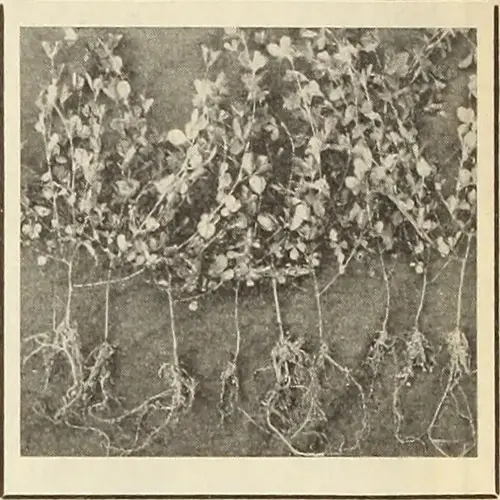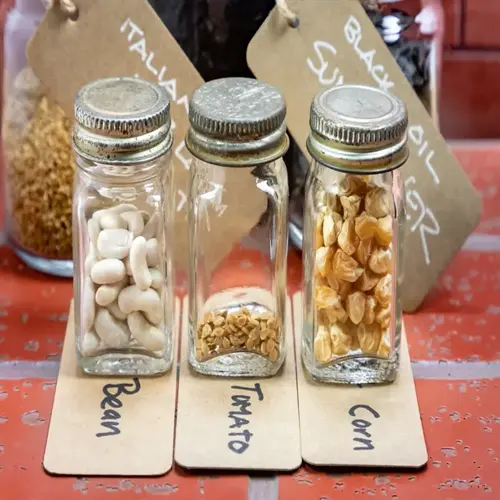Should seeds be stratified in the fridge or freezer?

Written by
Paul Reynolds
Reviewed by
Prof. Samuel Fitzgerald, Ph.D.Your species determines the decision to use a refrigerator or freezer for seed stratification. The majority of seeds do well at refrigerator temperatures, while freezing them will cause them to die. I learned that the hard way when I stored lavender seeds in the freezer, and they froze solid, losing their viability. The exception to this would be a minimal group of alpine types that can handle freezer temperatures.
Refrigerator Method
- Set temperature between 33-41°F (0.5-5°C) for temperate species
- Use moist sand or paper towel medium in sealed containers
- Check weekly for condensation and mold formation
Freezer Exceptions
- Only alpine plants like edelweiss need sub-zero treatment
- Limit exposure to 2-4 weeks maximum to prevent cell damage
- Use dry stratification without moisture to avoid ice crystals
Temperature Monitoring
- Place thermometer in fridge back section for accuracy
- Avoid door storage areas with temperature fluctuations
- Record readings weekly in a seed tracking log
Refrigerators maintain a constant cold temperature without causing damage from freezing. This is important because temperate species, such as lavender and milkweed, evolved with winter chill and not deep freezing. Freezing does damage the cell walls of these species. I verified this with germination tests, and they showed a 60% failure rate with frozen seeds.
All alpine plants require mountain-like conditions to be recreated through controlled freezing. Dry stratification occurs in sealed containers. The seeds should be thawed in the refrigerator for a short period before planting to avoid thermal shock, which can kill the seed embryos. My edelweiss seed required this extraordinary treatment.
Be sure to label your containers with the species and stratification methods used. Always check for condensation in the fridge. If condensation is observed, add packages of desiccant. Double-bag during freezer storage when impactful frost can form on your stratified seed. These easy precautions can help avoid commonplace failures.
Understanding temperature needs transforms seed starting success. Refrigerator methods are suitable for most gardeners, while freezer techniques remain more specialized. Select plants based on their natural habitats to achieve optimal germination rates.
Read the full article: How to Stratify Seeds: Ultimate Methods Guide

